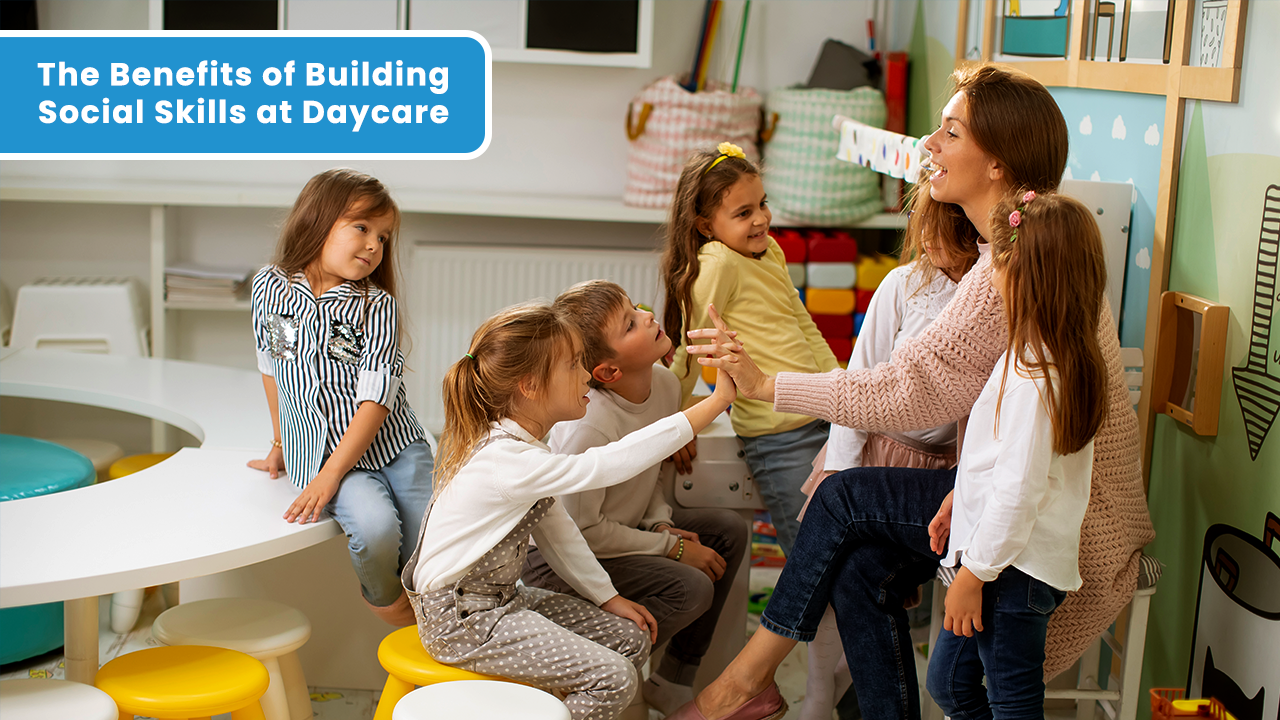
The humble, open-ended toy is a beacon of timeless creativity in a world inundated with flashy gadgets and technology-driven entertainment. These toys, often simple in design yet rich in possibilities, play a crucial role in nurturing children’s imaginations and fostering creative thinking. From building blocks to dolls, open-ended toys invite children to explore, experiment, and invent, ultimately shaping their cognitive development profoundly. This blog explores the role of open-ended toys in stimulating creativity.
What is the role of open-ended toys in stimulating creativity?

Encourage Imagination:
Open-ended toys catalyze imagination by allowing children to project their ideas, fantasies, and stories onto them. With no predetermined rules or outcomes, children can explore endless possibilities, from building fantastical worlds with blocks to creating intricate narratives with dolls and figurines.
Promote Exploration:
Through hands-on manipulation and experimentation, open-ended toys encourage children to explore different shapes, configurations, and designs. Whether stacking blocks, arranging puzzle pieces, or molding clay, children engage in sensory-rich experiences that deepen their understanding of spatial relationships and basic physics principles.
Cultivate problem-solving skills:
Open-ended toys provide opportunities for children to encounter challenges and obstacles during play, prompting them to think critically and creatively in search of solutions. As they experiment with different approaches and strategies, children develop problem-solving skills and learn to adapt to new situations, laying the foundation for resilience and perseverance.
Support divergent thinking:
Unlike toys with fixed outcomes, open-ended toys foster divergent thinking by encouraging children to explore multiple perspectives and generate various solutions to a problem. Whether building structures, designing inventions, or engaging in imaginative play, children learn to think flexibly and creatively, expanding their cognitive abilities and enhancing their capacity for innovation.
Foster Self-Expression:
Open-ended play allows children to express themselves freely and develop their unique identities. Children can communicate their thoughts, feelings, and interests through artistic creations, dramatic role-playing, or storytelling in a supportive and non-judgmental environment, fostering confidence and self-esteem.
Promote social interaction:
Open-ended toys frequently integrate natural materials and components, encouraging a bond with the natural world and cultivating environmental consciousness. Whether working together to solve a problem, negotiating roles in a pretend game, or sharing ideas and resources, children learn to navigate social dynamics, build relationships, and develop empathy and cooperation.
Build resilience and persistence.
Open-ended play encourages children to embrace challenges and persevere in facing failure. As they encounter setbacks and obstacles, children learn to problem-solve, adapt their strategies, and persist in achieving their goals, fostering resilience and a growth mindset essential for success.
Enhance fine motor skills:
Many open-ended toys require manipulation and fine motor control, such as stacking blocks, threading beads, or cutting shapes from clay. Through repeated practice and exploration, children develop and refine their fine motor skills, improving hand-eye coordination and dexterity while laying the foundation for future activities such as writing, drawing, and other delicate motor tasks.
Promote environmental awareness:
Open-ended toys often incorporate natural materials and elements, fostering a connection to the natural world and promoting environmental awareness. Whether playing with wooden blocks, sand, or natural fibers, children develop an appreciation for the beauty and diversity of the world around them, fostering a sense of stewardship and responsibility for the environment.
Encourage continuous learning and growth.
Open-ended toys provide endless exploration, discovery, and learning opportunities, adapting to accommodate children’s evolving interests, skills, and perspectives. As children engage in open-ended play, they develop curiosity, creativity, and a lifelong love of learning, ensuring the learning process remains dynamic, engaging, and meaningful. Learn more about the power of educational games in daycare.
10 Best Open-Ended Toys for Stimulating Creativity
Building Blocks:
Classic wooden or plastic blocks allow children to construct and create various structures, from simple towers and bridges to elaborate castles and cities. Blocks are available in multiple shapes, sizes, and colors, providing limitless possibilities for imaginative play and exploring spatial relationships.
Play-Dough or Modeling Clay:
Playdough and modeling clay provide children with a tactile medium for sculpting, shaping, and molding their ideas into three-dimensional forms. Children can use their hands or tools to create animals, vehicles, characters, and more, fostering creativity and fine motor skills.
LEGO and Duplo Sets:
LEGO and Duplo sets offer versatile building materials that allow children to design and build structures, vehicles, and worlds limited only by their imagination. Children can engineer intricate creations with interlocking bricks and specialty pieces while honing problem-solving and spatial reasoning skills.
Dress-Up Clothes and Costumes:
Dress-up clothes and costumes encourage dramatic play and role-playing scenarios, enabling children to explore different roles, characters, and narratives. Children can immerse themselves in imaginative adventures and social interactions, from princesses and superheroes to doctors and firefighters.
Dollhouses and Dolls:
Dollhouses and dolls provide children with imaginative play and storytelling opportunities as they create and inhabit miniature worlds. With furniture, accessories, and movable figures, children can role-play everyday scenarios, explore relationships, and engage in creative problem-solving.
Loose Parts:
Loose parts refer to open-ended materials such as buttons, beads, shells, stones, and fabric scraps that children can manipulate and combine in various ways. These materials promote sensory exploration, creativity, and experimentation as children use them to construct, sort, pattern, and design.
Art Supplies:
Art supplies such as crayons, markers, paint, paper, and collage materials offer children a means of self-expression and creativity. Children can explore colors, textures, and forms through drawing, painting, sculpting, and collage-making while developing fine motor and visual-spatial abilities.
Musical Instruments:
Musical instruments like drums, xylophones, tambourines, and shakers invite children to explore rhythm, melody, and sound. Through experimentation and improvisation, children can create their music, express emotions, and develop an appreciation for the auditory arts.
Outdoor Play Equipment:
Play equipment such as swings, slides, sandboxes, and climbing structures encourage physical activity, exploration, and sensory experiences. Children can engage in imaginative play, cooperative games, and physical challenges while connecting with nature and the outdoors.
Nature-Based Materials:
Natural materials such as sticks, stones, leaves, and pinecones provide children with open-ended exploration and creativity in outdoor environments. Whether building forts, creating nature art, or exploring sensory experiences, children can engage with the natural world in meaningful and imaginative ways.
Conclusion on The Role of Open-Ended Toys in Stimulating Creativity
The role of open-ended toys in stimulating creativity cannot be overstated. By offering children the freedom to imagine, invent, and explore without constraints, these toys lay the foundation for a lifetime of creative thinking and problem-solving. In a world that often values productivity and efficiency above all else, let us remember the profound power of play and the boundless potential of the open-ended toy. Read also about the importance of play in child development and growth.


